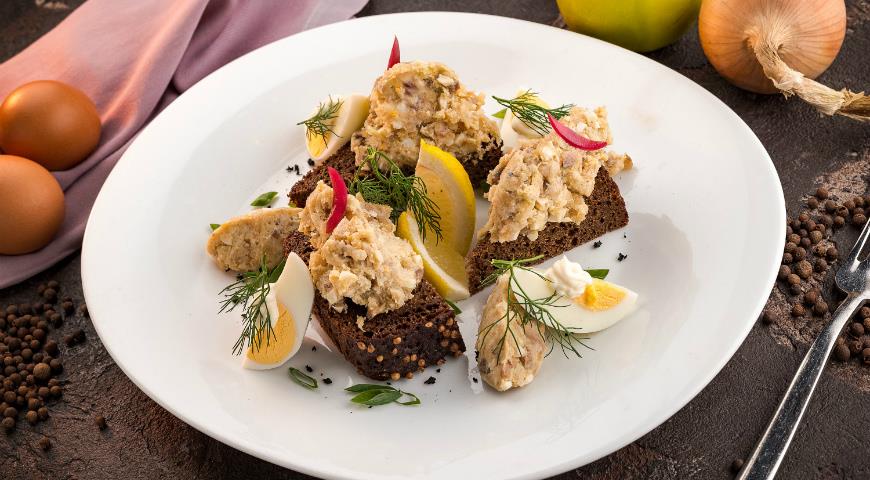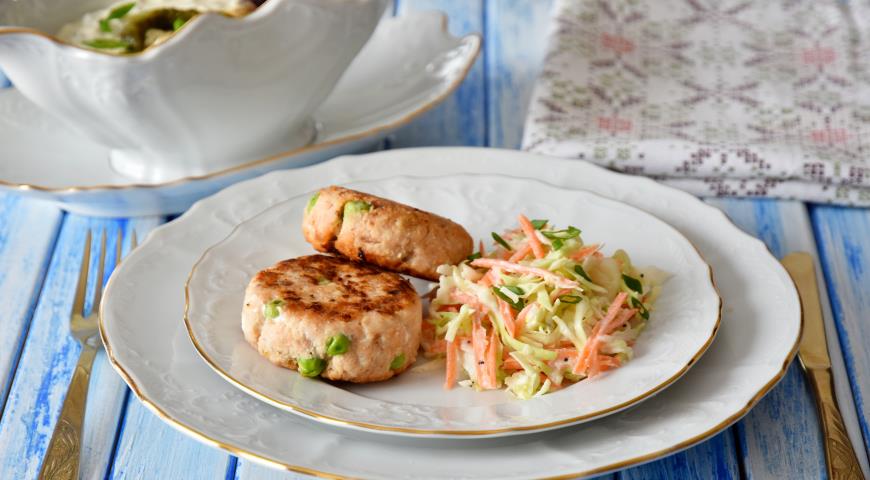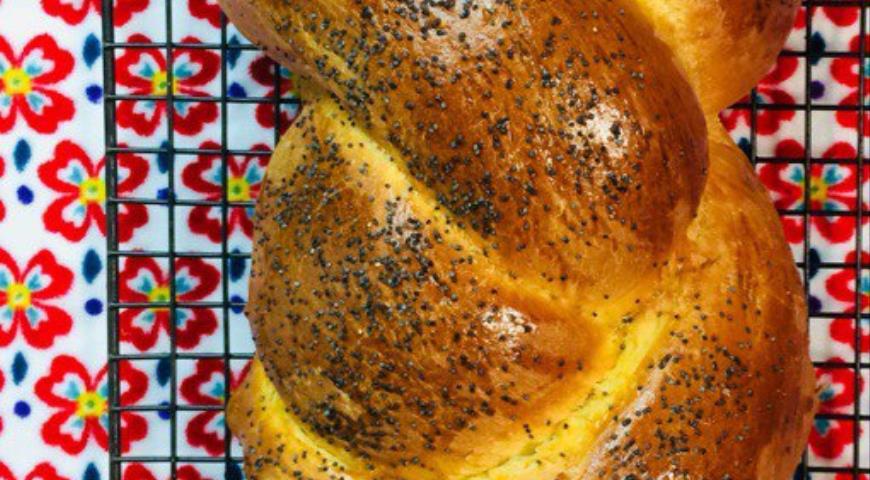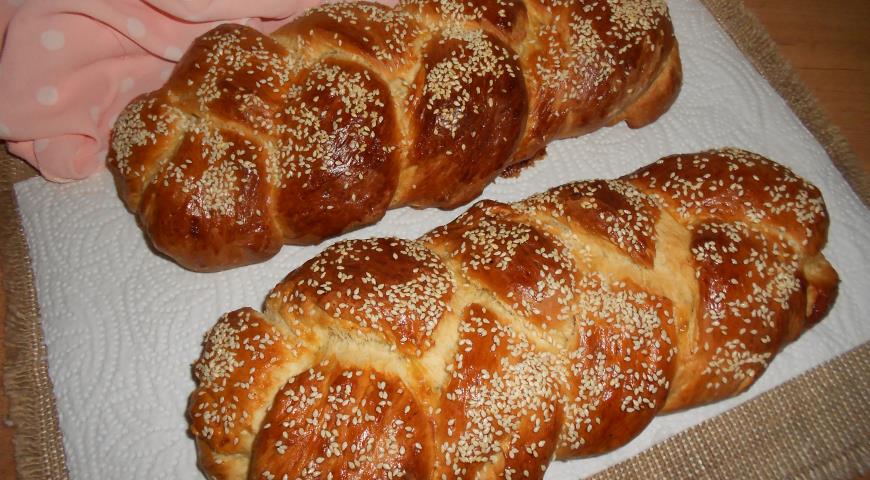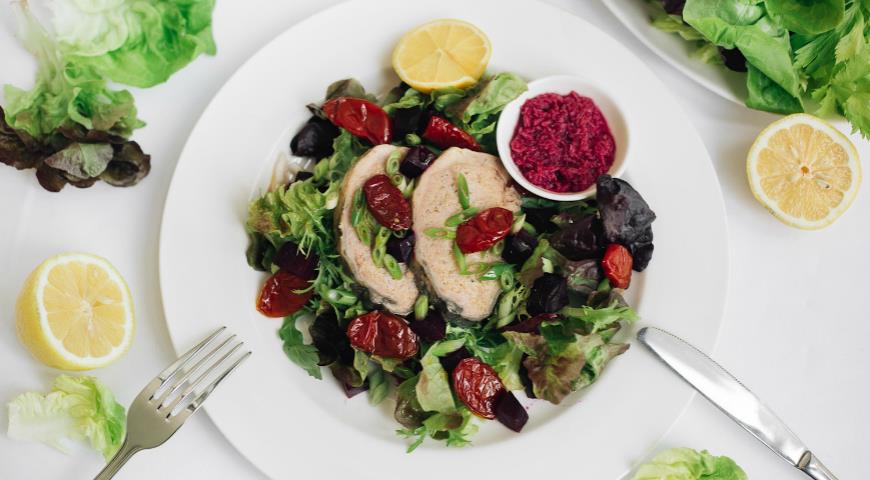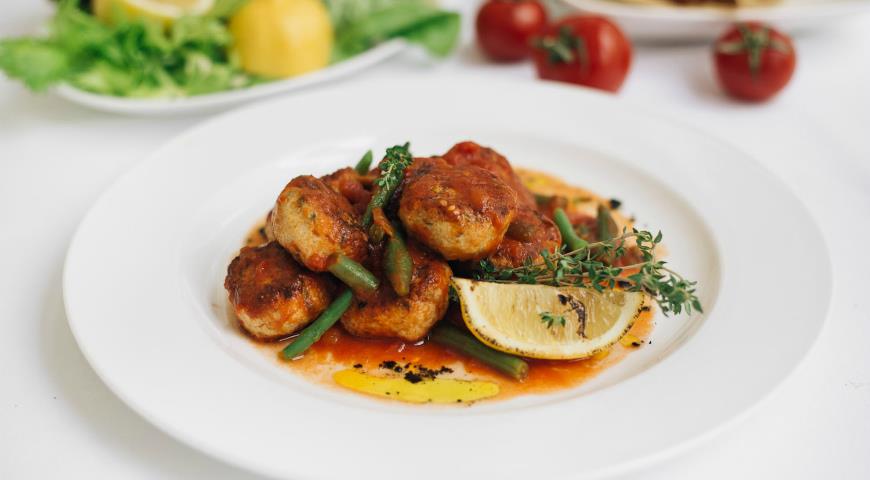Jewish cuisine
Jewish cuisine is full of prohibitions and symbols. And the dishes of the Jewish table are not only amazingly tasty, but also instructive.
Jewish cuisine is prepared according to the laws of kosher. In Hebrew, "kashrut" ("fit") is a set of rules that must be followed when preparing not only festive, but also everyday food. For example, it is forbidden to mix dairy and meat foods, to eat the meat of animals that do not chew gum and do not have a cloven hoof, as well as the meat of predatory animals and birds. But even permitted meat must be made kosher before being eaten - remove the blood and cut it in a special way. It is curious that the fish is considered kosher immediately - as soon as it is taken out of the water.
The taboo is imposed on reptiles and fish that do not have fins and scales (including molluscs), as well as all products derived from them. But fruits, vegetables, nuts and grains are allowed without any restrictions.
Jewish tradition humanely prescribes a short (no more than one day) abstinence from food on "sorrowful" days: on these days you can neither eat nor drink. The holiday of Yom Kippur (Doomsday) implies refusal of food until the first star appears in the sky.
Also important is the prohibition on doing any work - even cooking - on Saturday. In order to have something to eat during the Sabbath ("Saturday" in Hebrew), the Jews came up with a special dish of cholent, which is cooked without any special tricks over low heat from beans, potatoes and fatty beef.
Due to the fact that many centuries ago the Jews, saving the lives of themselves and their descendants, scattered all over the world, Jewish cuisine absorbed the culinary traditions of other peoples, but interpreted them in its own way. This is how stuffed fish and chicken necks, traditional Saturday soups cholent and hamim, various tsimmes, kugels and strudels, tender puff pastries filled with meat and crushed walnuts, burnt pancakes drowning in sour cream, Bukhara and Persian pilaf, appeared on the Jewish menu , dishes of Moroccan Jews, in which the sharpness of pepper is adjacent to the sweetness of honey ...
Ashkenazim - Jews of Western Europe - ate beef and root vegetables flavored with animal fat, sugar, onions and garlic: their cuisine borrowed a lot from Italians, Germans, French and Slavs. The Sephared Jews of North Africa and the Middle East long remained faithful to the foods mentioned in the Old Testament — beans, lentils, crushed wheat and lamb — but enjoyed using Turkish and Persian recipes.
For all its diversity, Jewish cuisine is united by some enduring features. First of all, these are the favorite cooking methods: boiling, baking, stewing, stewing with the addition of water. Spices are used very carefully, they are intended only to set off and reveal the taste of this or that product. And traditional Jewish dishes are prepared from offal: beef brain, tongue, liver and offal.
Tzimes is an obligatory dish in the celebration of the Jewish New Year (Rosh Hashanah). Tsimes is made from carrots and fruits, stewed over very low heat with a sauce. There are many recipes for this dish, with a variety of ingredients: beans, chickpeas, meat, poultry. But most often it is served as a dessert dish - thick and sweet, with a lot of fruits and berries.
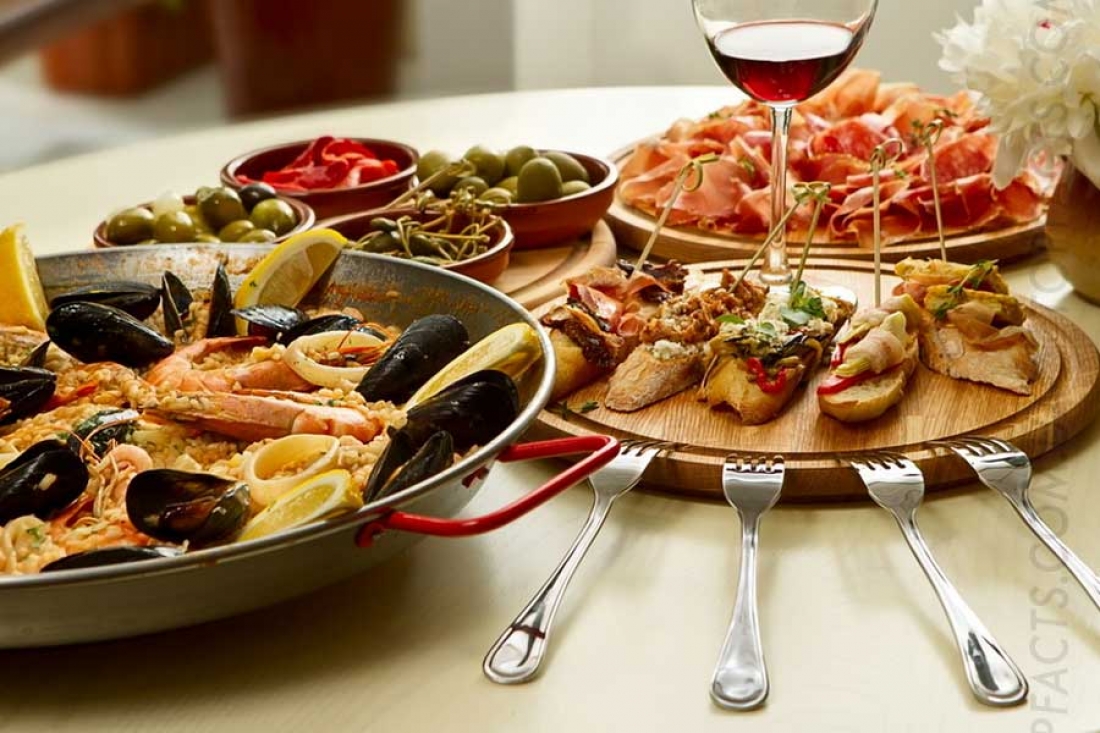 Spanish cuisine
Spanish cuisine
Spanish cuisine...
 Chinese cuisine
Chinese cuisine
We are accustomed to the concept of "Chinese cuisine", but its palette includes many different shade...
 French cuisine
French cuisine
Refined and simple, luxurious and economical, complex and logical, French cuisine has undoubtedly in...



